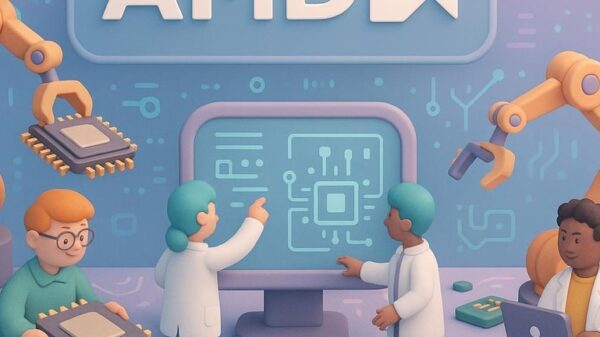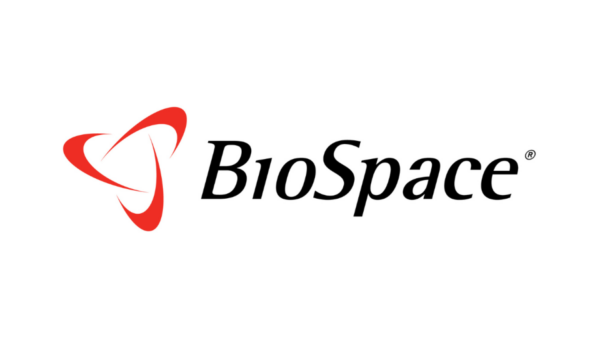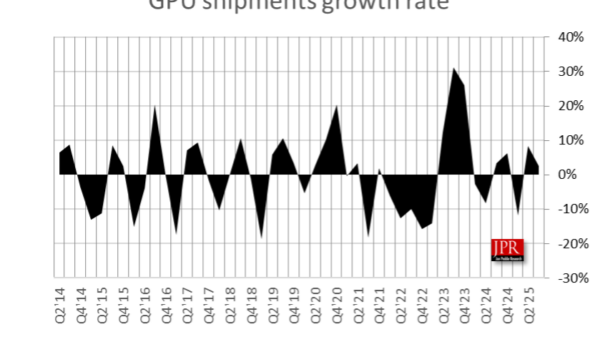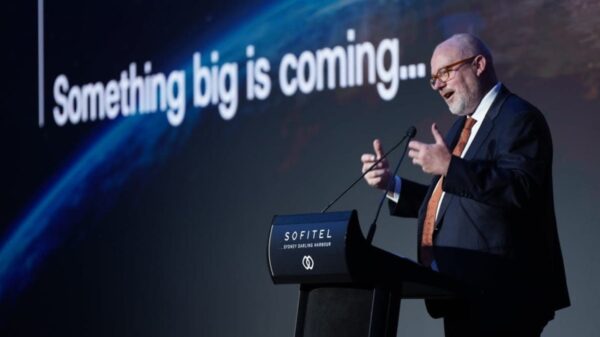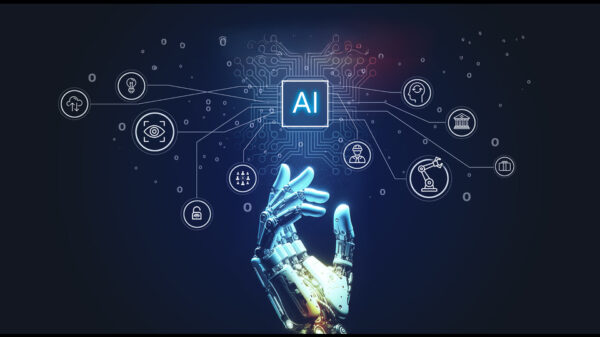As businesses increasingly look to artificial intelligence (AI) for practical applications, the focus may be shifting from the sheer scale of models to their contextual applicability. Conversations with business leaders reveal a preference for solutions that enhance day-to-day operations, such as speeding up financial reconciliations or reducing manual errors, rather than engaging in theoretical discussions about AI’s potential. The future of AI may not hinge on larger datasets or more complex algorithms, but rather on the development of smaller, specialized systems that integrate effectively within existing workflows.
The early days of deep learning celebrated scale, with the belief that more data equated to improved accuracy. However, this approach has its drawbacks, including inflated costs and slower iteration cycles, which can hinder the transition from experimental success in labs to functional deployment in corporate environments. Most organizations do not require an AI capable of writing poetry; they need systems that can handle specific tasks—such as reconciling invoices on time without breaching compliance. This shift from seeking grand advancements to demanding practical, context-driven solutions marks a pivotal evolution in the AI landscape.
AI systems today often excel at singular tasks but struggle with the coordination necessary for comprehensive solutions. For example, while a model may efficiently analyze documents, it often lacks awareness of associated approval workflows. The next phase in AI development may involve creating a multi-agent ecosystem—comprising smaller systems that perform distinct functions yet work seamlessly together. One agent could manage data extraction, another could ensure compliance, and a third might coordinate reporting. This interconnected approach mirrors human collaboration, enabling faster, less error-prone processes.
Business leaders frequently ask where to begin integrating AI into their operations. A recommended starting point is to focus on a specific workflow that currently consumes excessive time and resources. Identifying key participants in this process and understanding where repetitive decisions arise can help clarify how AI might effectively streamline operations. Success in AI implementation is often not characterized by sweeping transformations but rather by incremental victories. A single automated process saving significant hours can demonstrate tangible value and foster broader adoption within the organization.
Historically, digital adoption followed a trend of centralization, pushing companies to consolidate tools and standardize workflows. However, the deployment of AI presents an opportunity to reconsider this model. Effective implementations often prioritize collaboration over centralization, allowing specialized agents to autonomously manage narrow tasks while remaining transparent and accountable. This distributed network of intelligent assistants aligns with the operational dynamics of modern teams, which tend to thrive in smaller, empowered units as opposed to larger, more rigid structures.
As the AI landscape evolves, so too does the definition of return on investment (ROI). Traditional metrics focused on reducing personnel costs and speeding up processes. In contrast, well-designed AI systems can transform the nature of work itself, shifting the focus from administrative tasks to more strategic activities like analysis and decision-making. Evaluating an AI deployment should consider whether the system diminishes bottlenecks in decision-making, enhances data visibility, and bolsters confidence in automated outcomes. Positive shifts in these areas often lead to improved financial performance, while stagnation may indicate that technology is operational but not effectively integrated into the organization.
Notably, Asian companies exhibit a pragmatic approach to technology adoption, often prioritizing functionality over being first to market. Many small and medium-sized enterprises (SMEs) in the region are constructing their digital infrastructures, which allows them to leapfrog outdated systems and directly implement workflow-native AI solutions. This adaptability positions Asia as a fertile ground for practical AI applications that transition swiftly from prototyping to generating value.
Discussions around AI ethics typically focus on broad policy issues, yet the foundation of responsible AI begins during the design phase. Systems that promote transparency are not merely ethical choices; they are operational necessities. When AI decisions are traceable and verifiable, user trust grows organically, facilitating acceptance and innovation. In contrast, opaque systems breed fear and hinder technological advancement. To foster responsible AI, organizations must embed accountability into every workflow and maintain thorough audit trails.
Ultimately, the evolution of AI should be viewed as a means of reallocating human effort rather than a straightforward replacement of human roles. The most effective AI systems enhance human input, making it more impactful. When analysts can shift focus from routine reporting to strategic initiatives, or when teams find themselves freed from mundane tasks to engage in creative endeavors, the true potential of AI is realized. Progress in this realm tends to unfold gradually, through consistent enhancements that collectively redefine operational norms.
While the AI industry will inevitably continue to pursue larger models, the primary concern for most organizations lies not in scale but in fit. The most enduring systems will be those that integrate seamlessly, clarify their functions, and provide measurable outcomes without necessitating substantial cultural changes. The future of AI, therefore, may be characterized by smaller, more adaptable systems that serve as integral partners in everyday work, aligning closely with organizational needs and enhancing productivity.
 DeepSeek-R1 AI Generates 50% More Vulnerable Code with Sensitive Prompts, Study Reveals
DeepSeek-R1 AI Generates 50% More Vulnerable Code with Sensitive Prompts, Study Reveals Nvidia Earnings Report Set to Reveal Crucial AI Market Trends Amidst Investor Caution
Nvidia Earnings Report Set to Reveal Crucial AI Market Trends Amidst Investor Caution Google DeepMind Launches New AI Research Lab in Singapore to Enhance Regional Collaboration
Google DeepMind Launches New AI Research Lab in Singapore to Enhance Regional Collaboration SAS Launches Data Maker in Microsoft Marketplace to Combat Data Scarcity and Enhance AI Models
SAS Launches Data Maker in Microsoft Marketplace to Combat Data Scarcity and Enhance AI Models Google Refutes Claims of Using Gmail for AI Training Amid Malwarebytes Controversy
Google Refutes Claims of Using Gmail for AI Training Amid Malwarebytes Controversy










